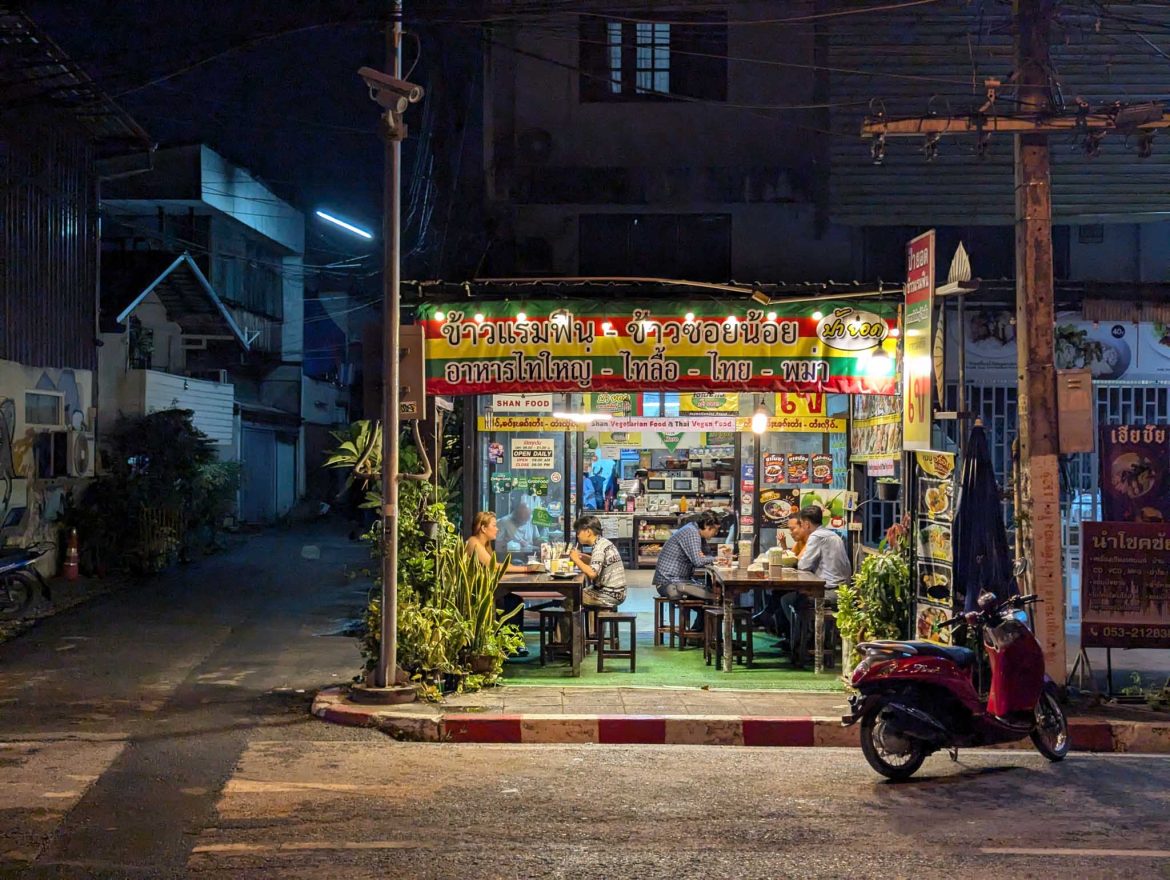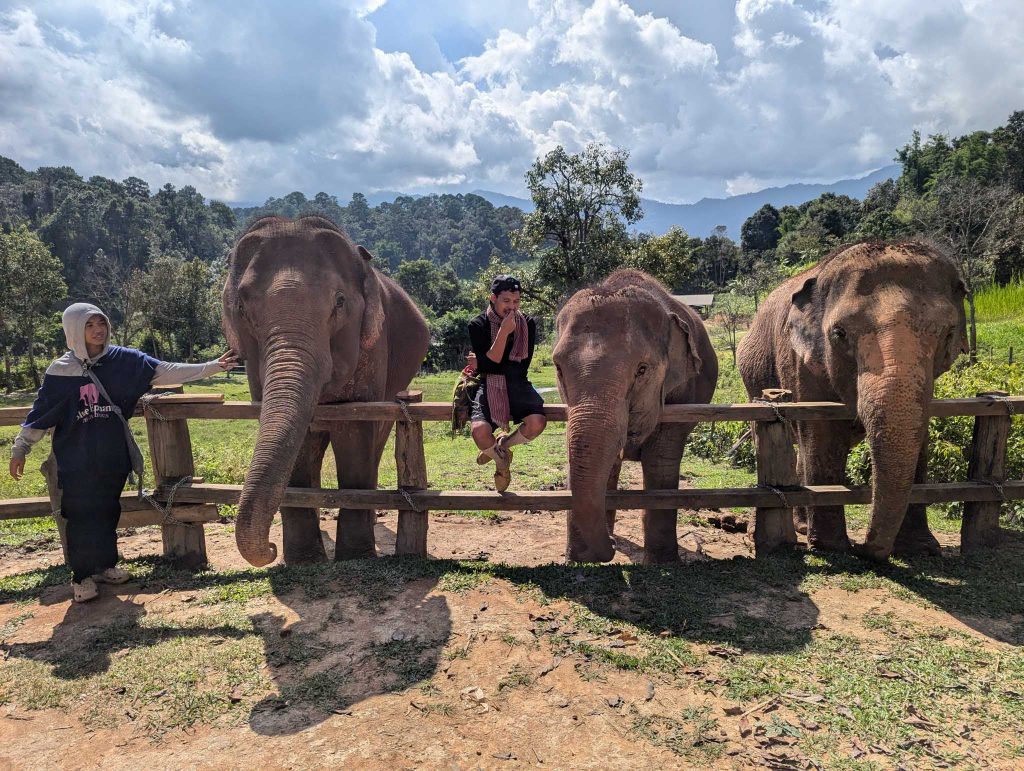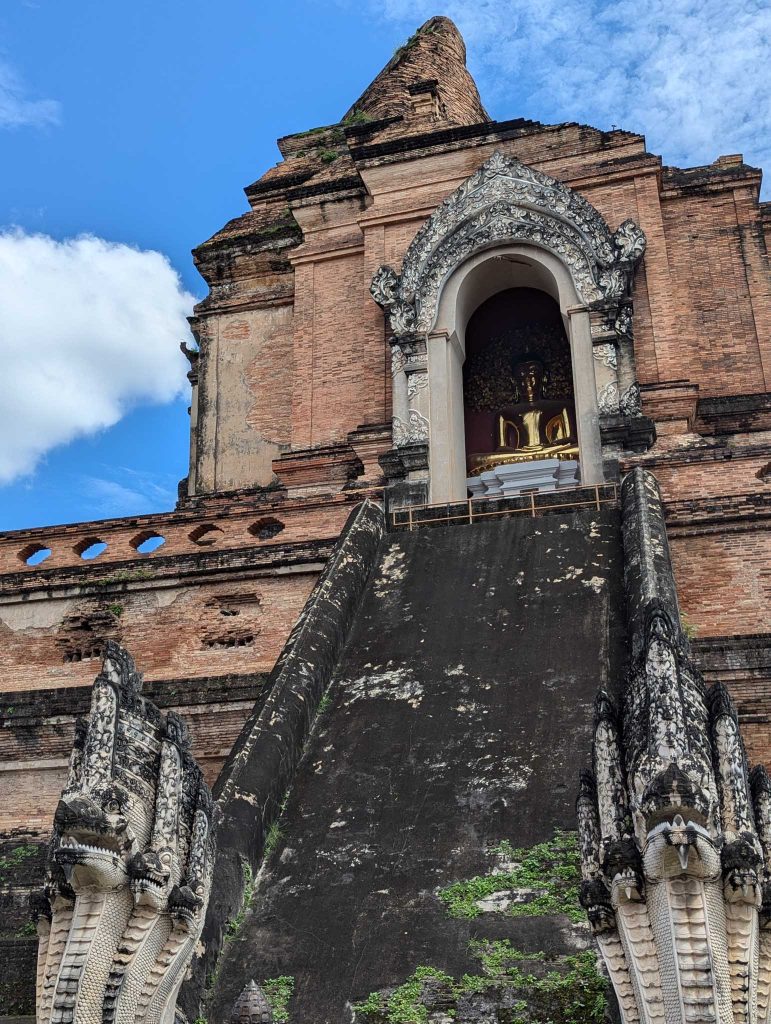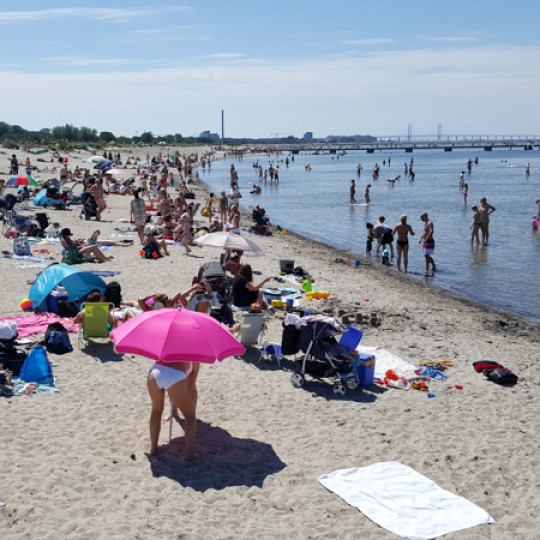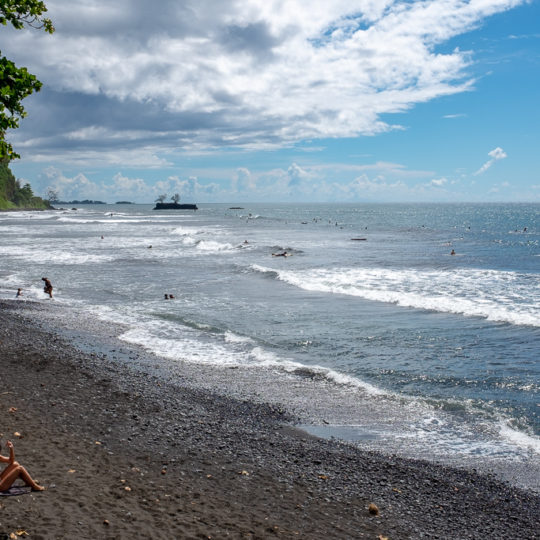It had been eight years since I was last in Thailand. When I left, I wasn’t in any rush to return. I had been living on the island of Koh Phangan, known for its wild parties, 20-something international travelers, bootleg moonshine that sometimes kills foreigners, and psychedelic mushroom shakes. I mostly kept out of trouble by crossing the island each day on my scooter, training on Haad Rin Beach, and swimming in the ocean. It wasn’t until I got to the departure airport that I realized I had overstayed my 30-day tourist visa by two days. As luck would have it, the local currency in my pocket covered the fine. When I was warned that the overstay might affect my ability to enter the country again in the future, I simply said, “Thank goodness,” and left without much desire to return.
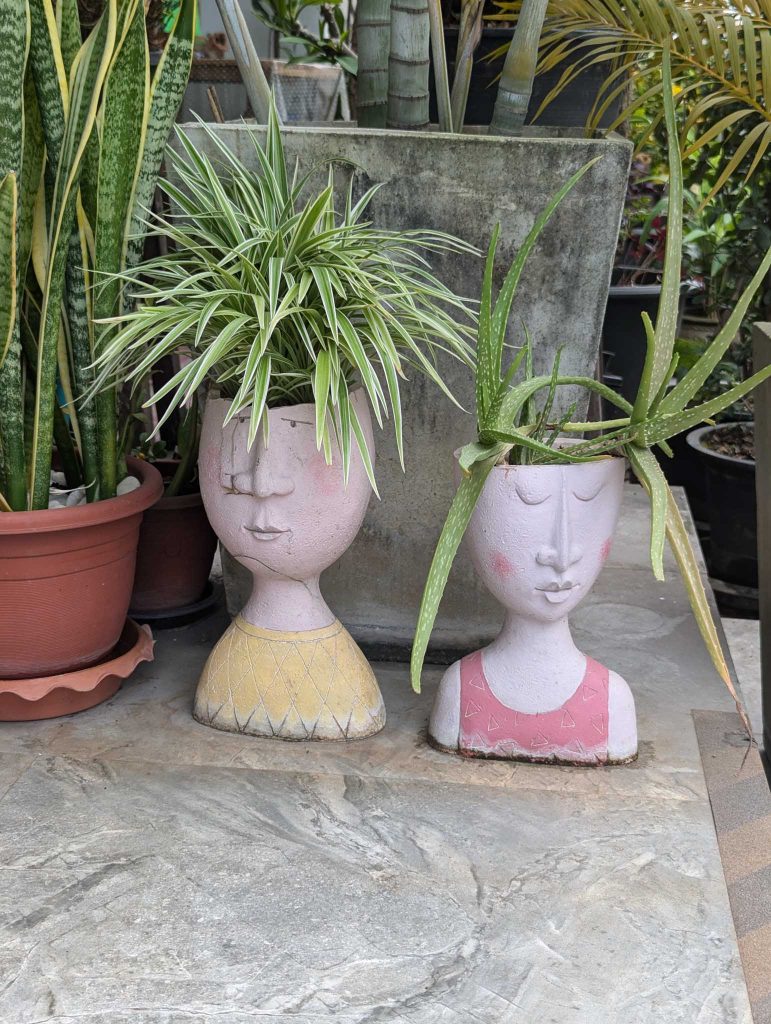
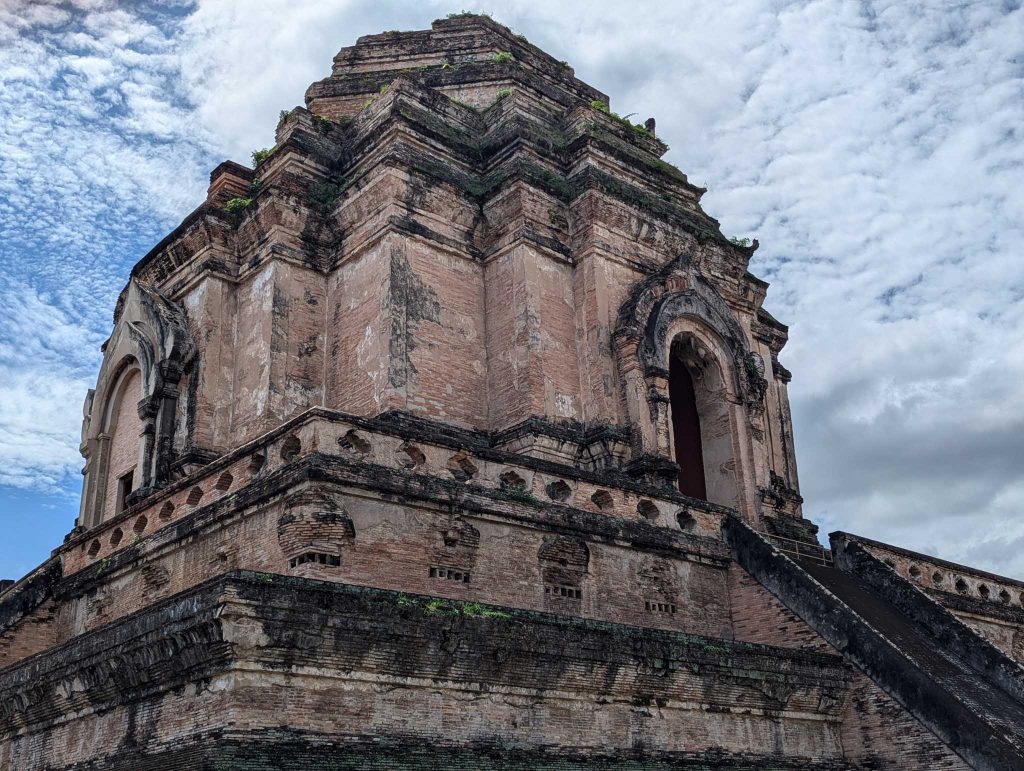
At the time, I knew there was much more to see, explore, and eat in Thailand—but it would be years before I felt any real pull to come back. You can only neglect a continent for so long (excluding Australia—highly neglectable, in my opinion). And when it comes to flying over a place en route to somewhere else, I’ve always preferred to stop and explore. So, on my way out of Asia, it made sense to finally check out Chiang Mai—a new destination for me, and one that’s high on the Thailand/digital nomad hype list.
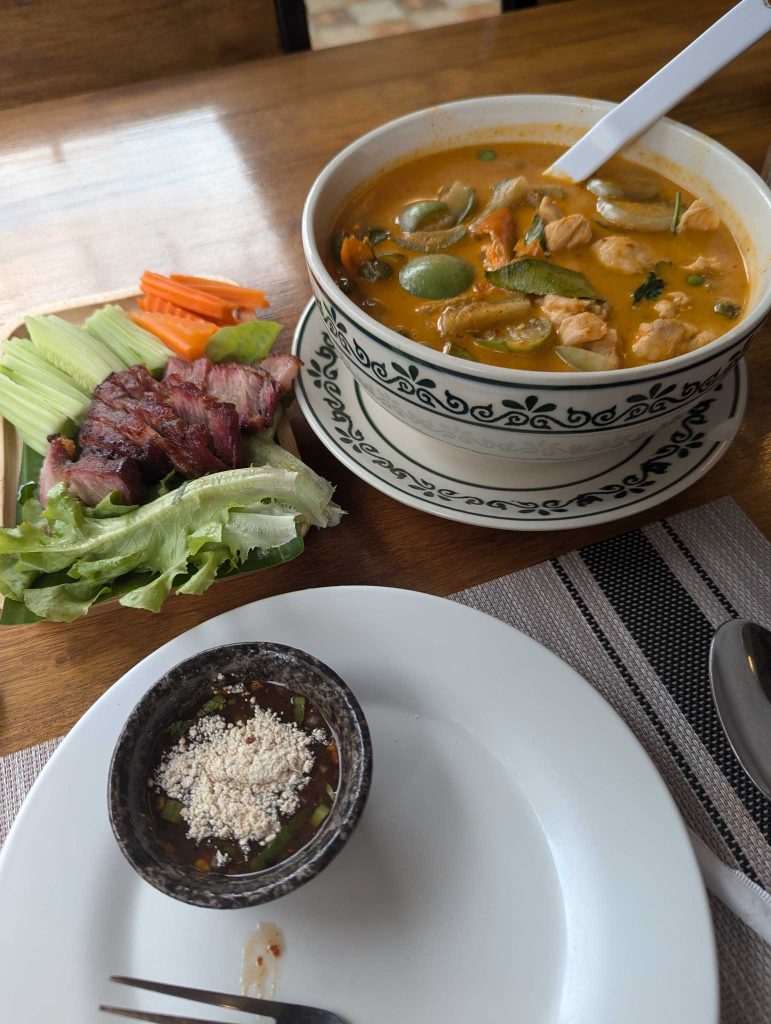
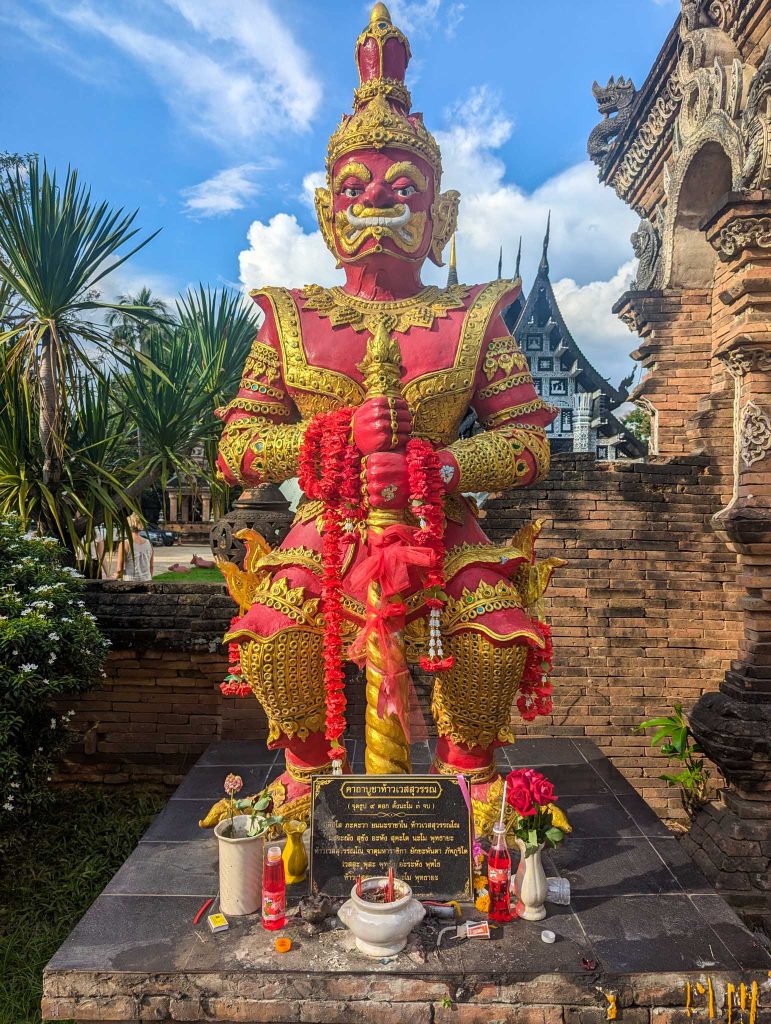
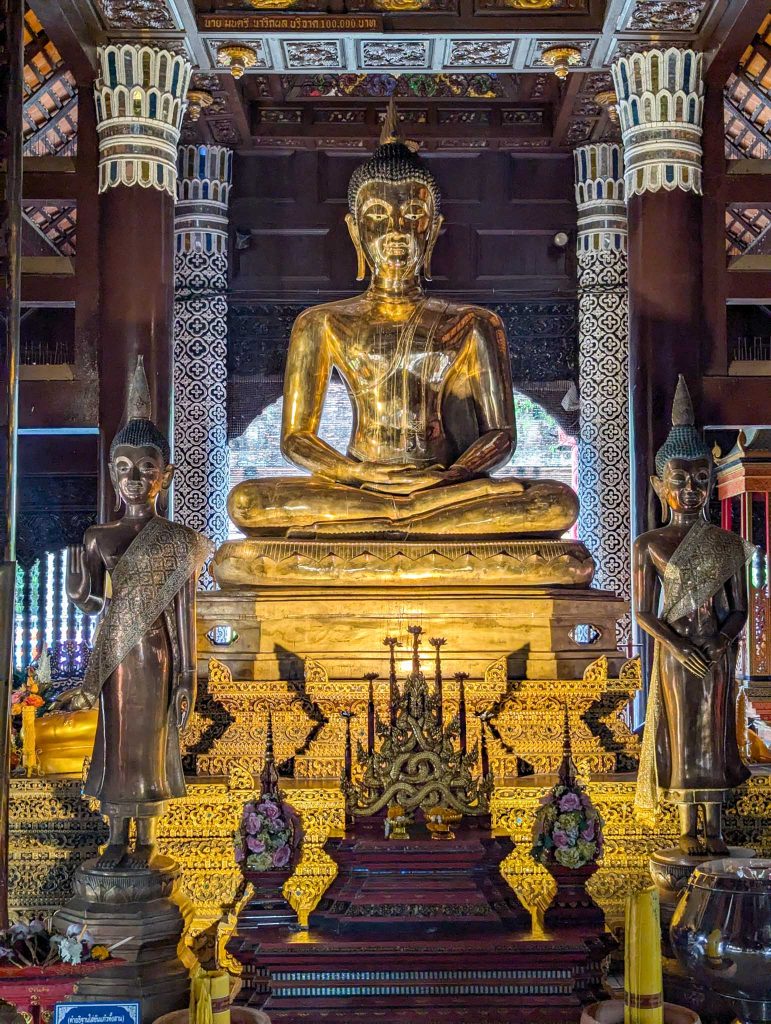
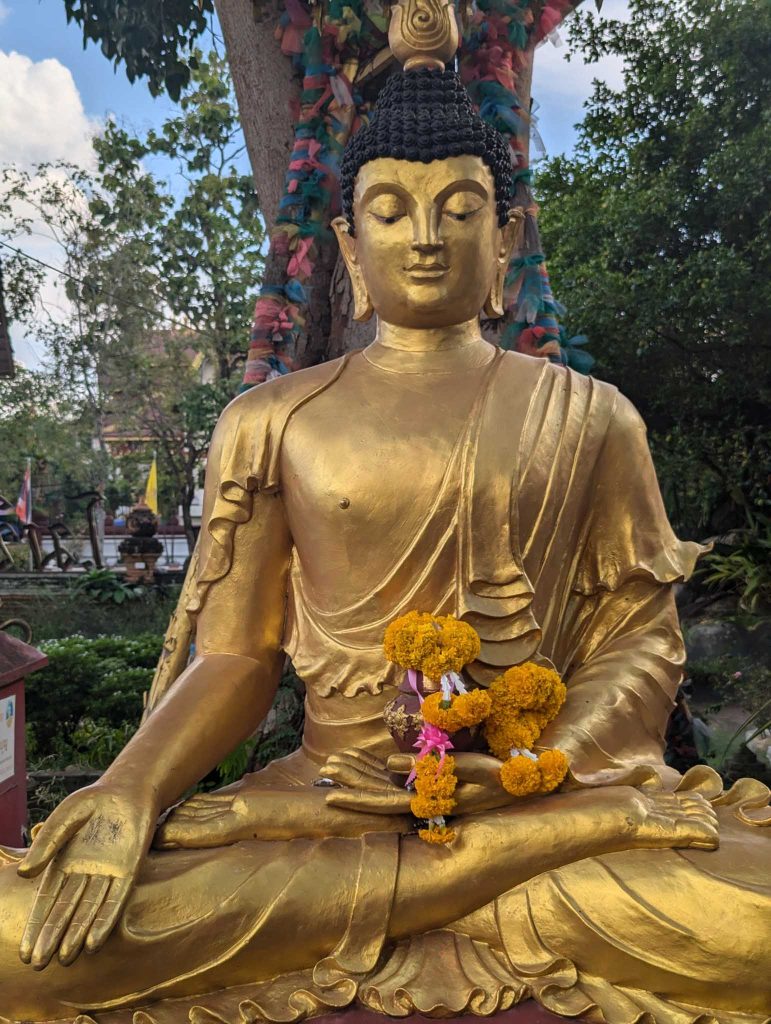
I prefer to land in a place and figure things out as I go. It’s more fun and interesting that way, rather than filling my head with expectations based on someone else’s opinions. That said, I did ask my friends David and Marketa for recommendations on where to eat and which temples to visit—just to make sure I didn’t leave without trying to understand what people love about the city.
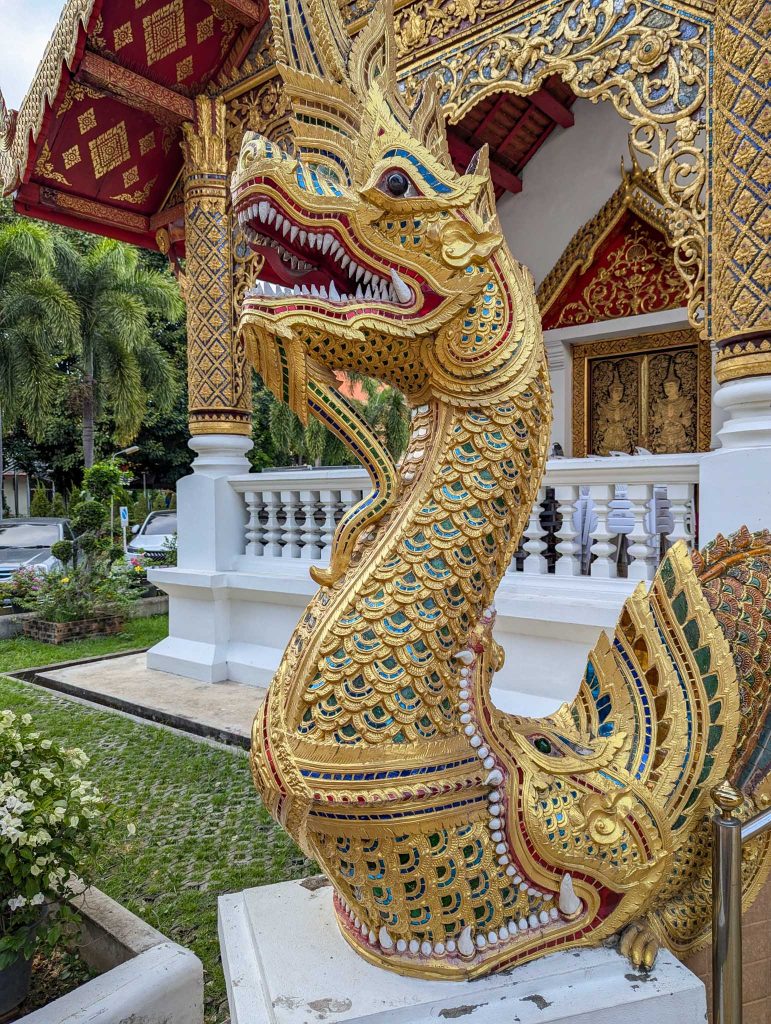
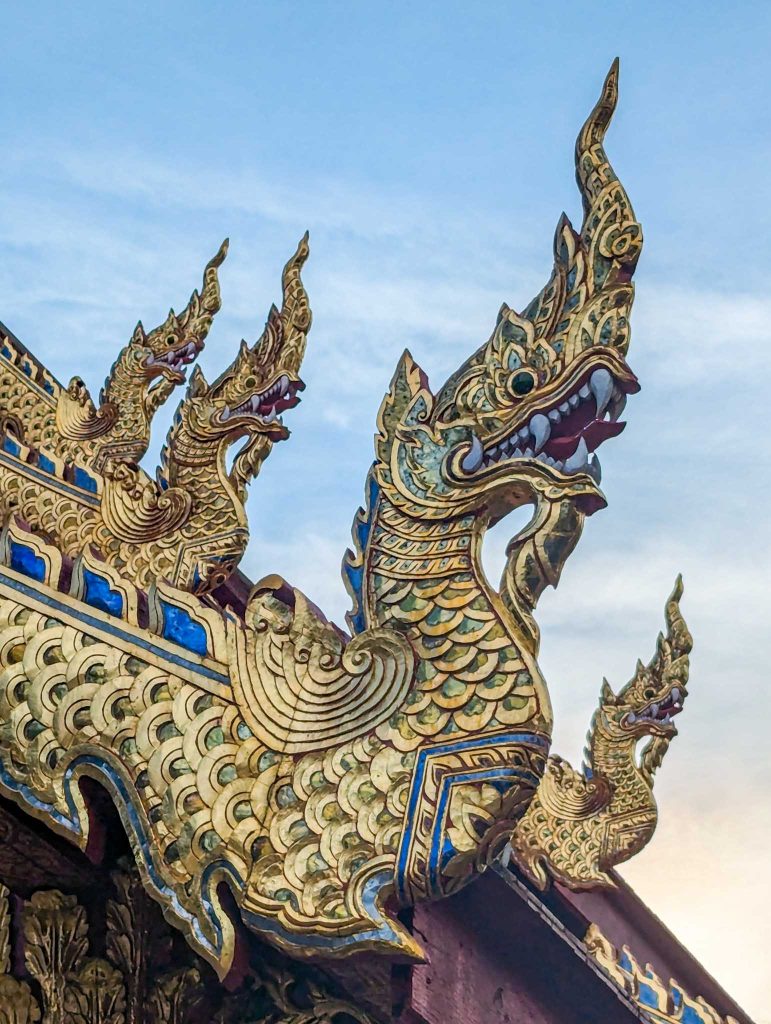

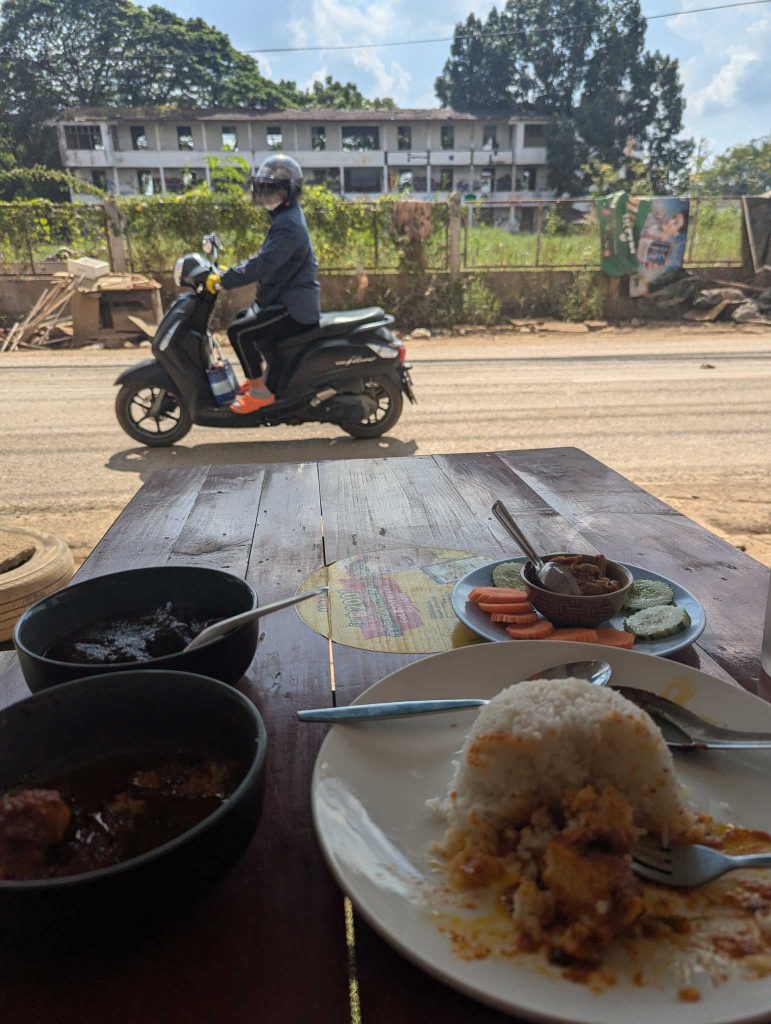
One of the big challenges of being in Asia while working U.S. hours is the time difference. You’re incentivized to sleep as late in the day as possible so you can power through late-night meetings with energy. That means sleep quality becomes non-negotiable. I need blackout curtains, air conditioning, and quiet. To make sure I had all of those, I opted for nicer hotels than I usually would. Airbnb just felt too risky.
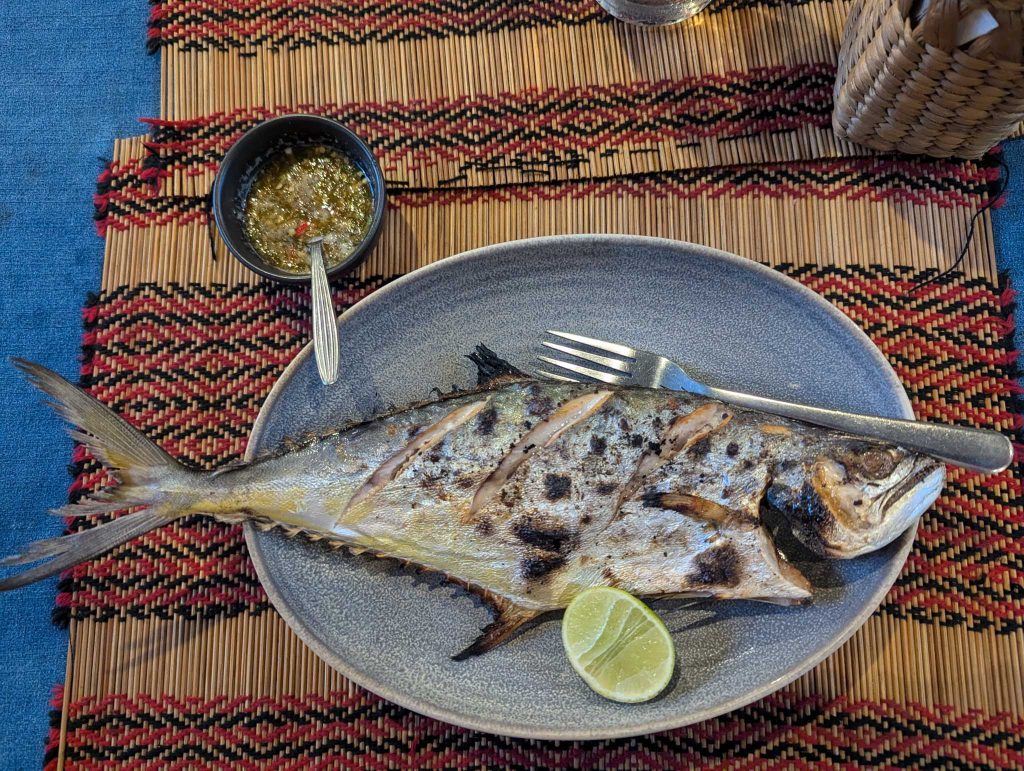
As for food, I had no plans to cook. I’d been craving Thai spicy food for months—that savory, fiery crunch of fresh vegetables and curry heat that makes your mouth angry. So the lack of a kitchen wasn’t a downside—it was a feature. Every time I got hungry, I had an excuse to go out and find a new dish, a new restaurant, or a new street vendor.
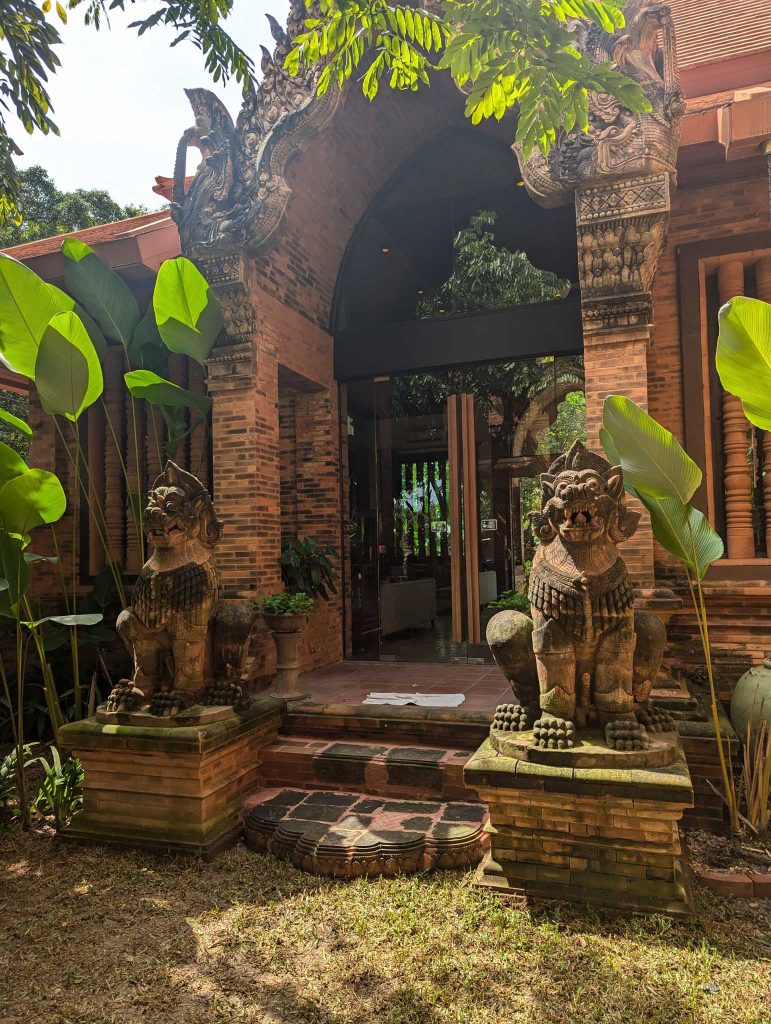
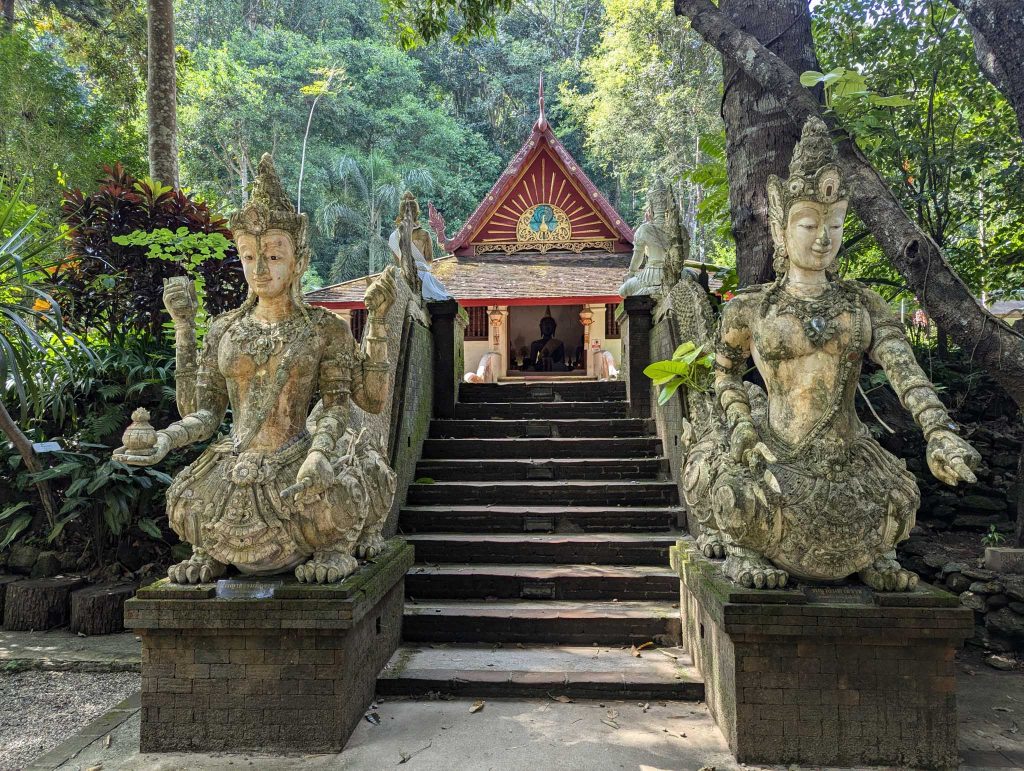
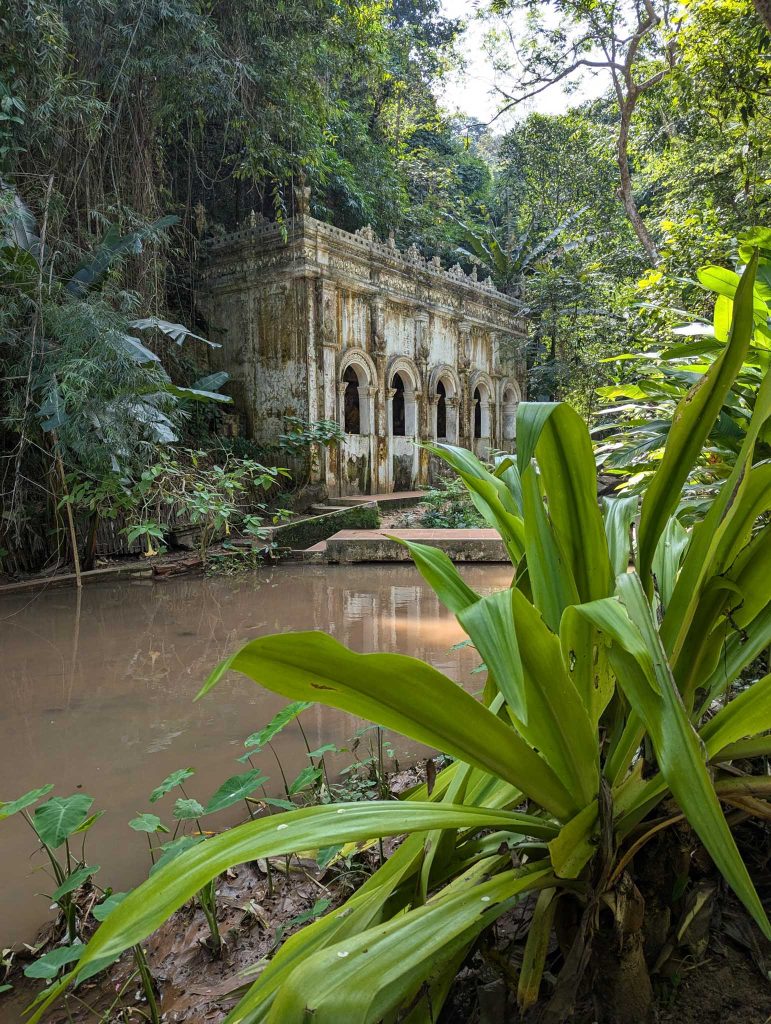
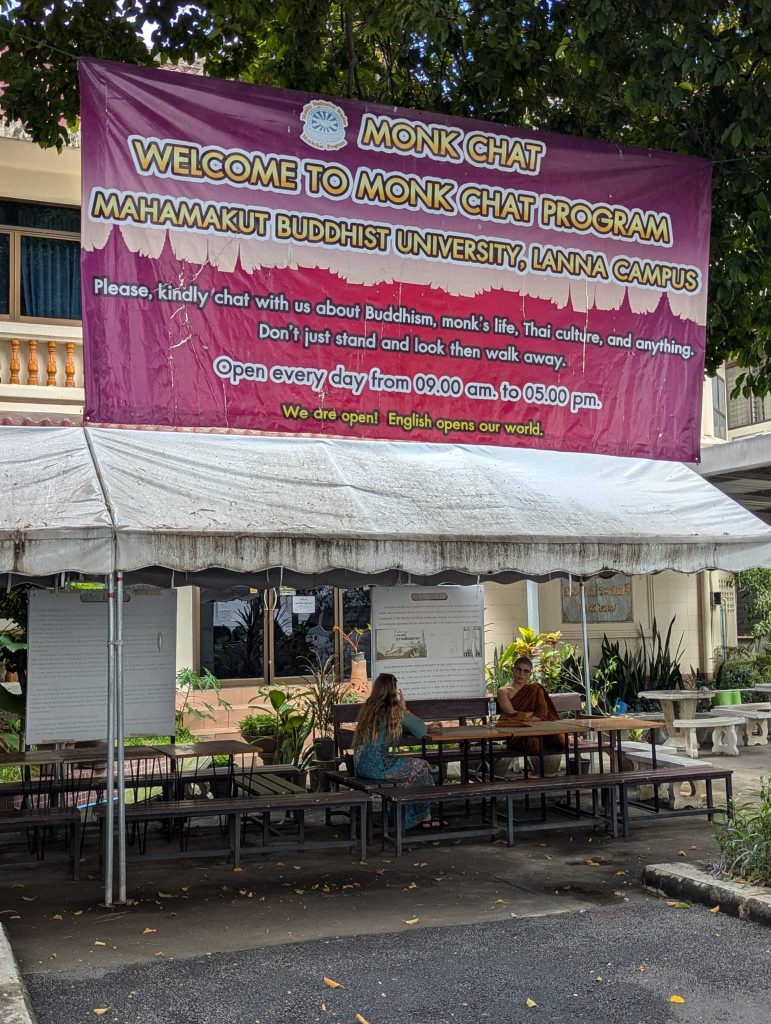
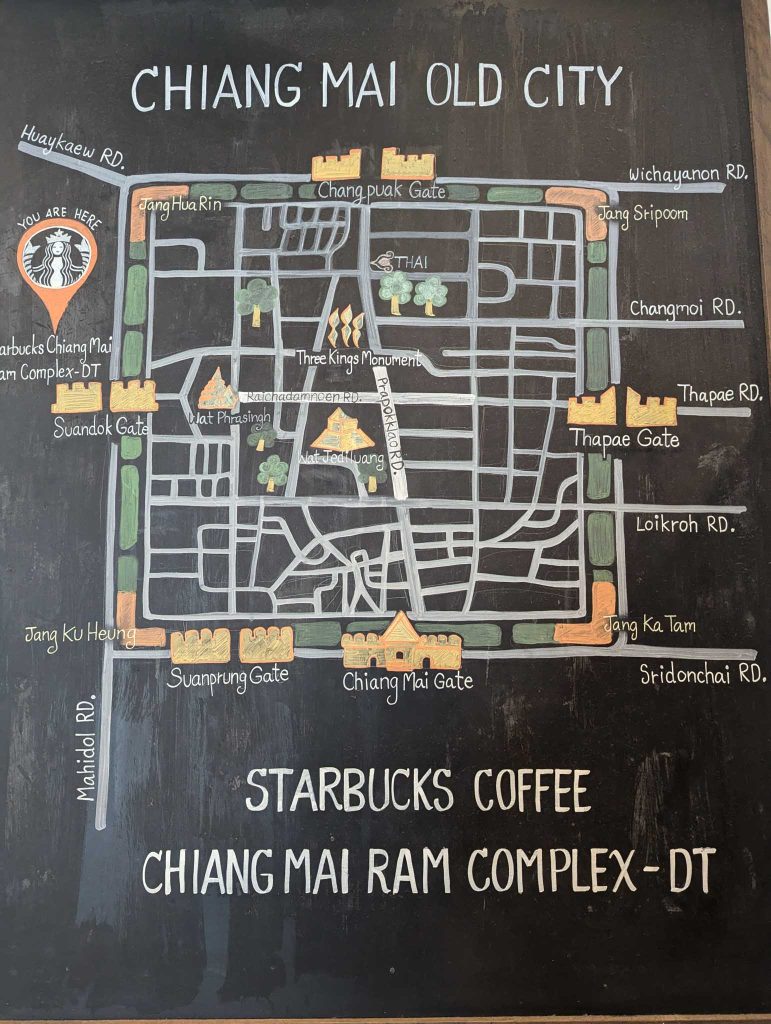
Chiang Mai is the kind of place made for these little exploratory adventures. The old city center is a walled square, filled with literally dozens of temples, each with its own aesthetic and atmosphere. You can pick a few on the map and walk between them, stopping along the way for a meal or a coffee. The historic parts of the city are both photogenic and iconic—Buddhist monks chanting in golden-domed temples, dragons carved along staircases flowing from the entrances. It’s the kind of destination that rewards spontaneous exploration more than guidebook checklists.
One afternoon, while searching for a place to get spicy mango salad (one of my all-time favorite Thai dishes—I could eat it daily), I gave up combing the basement food court of a mini-mall. On a whim, I took the escalator up a few floors and ended up wandering into a Thai drugstore. That’s where I found a real gem: a local toothpaste made from just seven ingredients (camphor, borneol, clove, guava leaves, peppermint, and coconut oil). A single tube lasts a year. It’s become one of my favorite toothpastes ever—better than the $100 tube I accidentally bought in Dubai, and on par with the cinnamon one I loved in the Maldives. As I sit here at the end of May 2025, writing this, I look down at the half-empty tube and know I’ll need to make another journey to get more. Some simple pleasures are worth the effort.
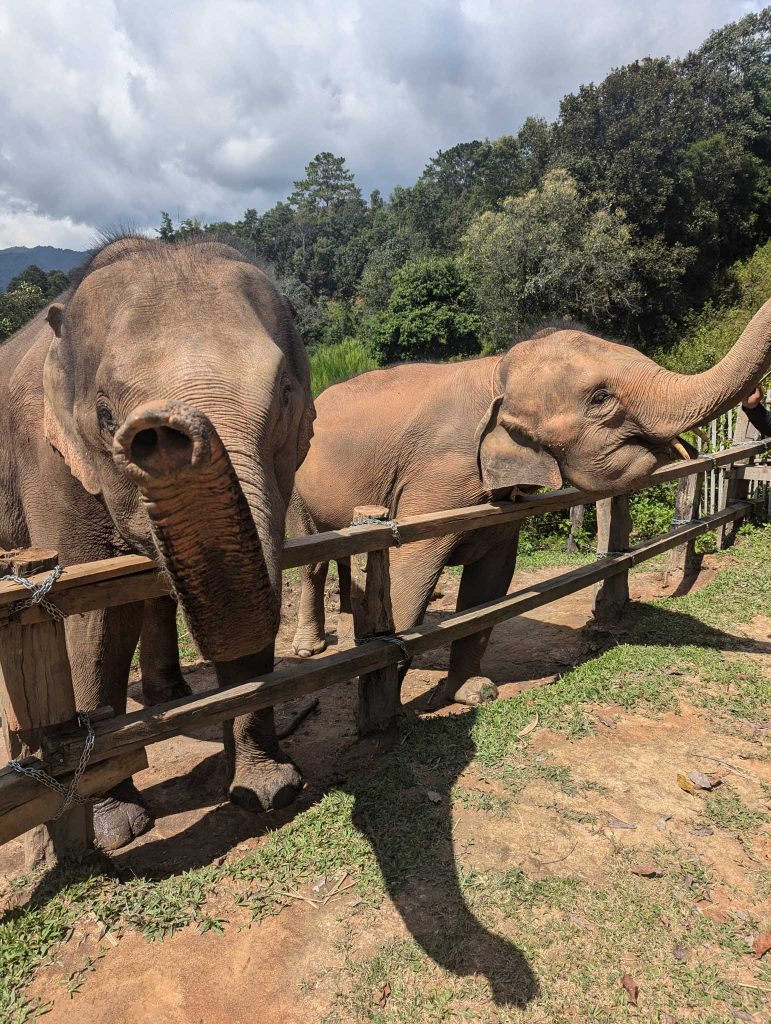
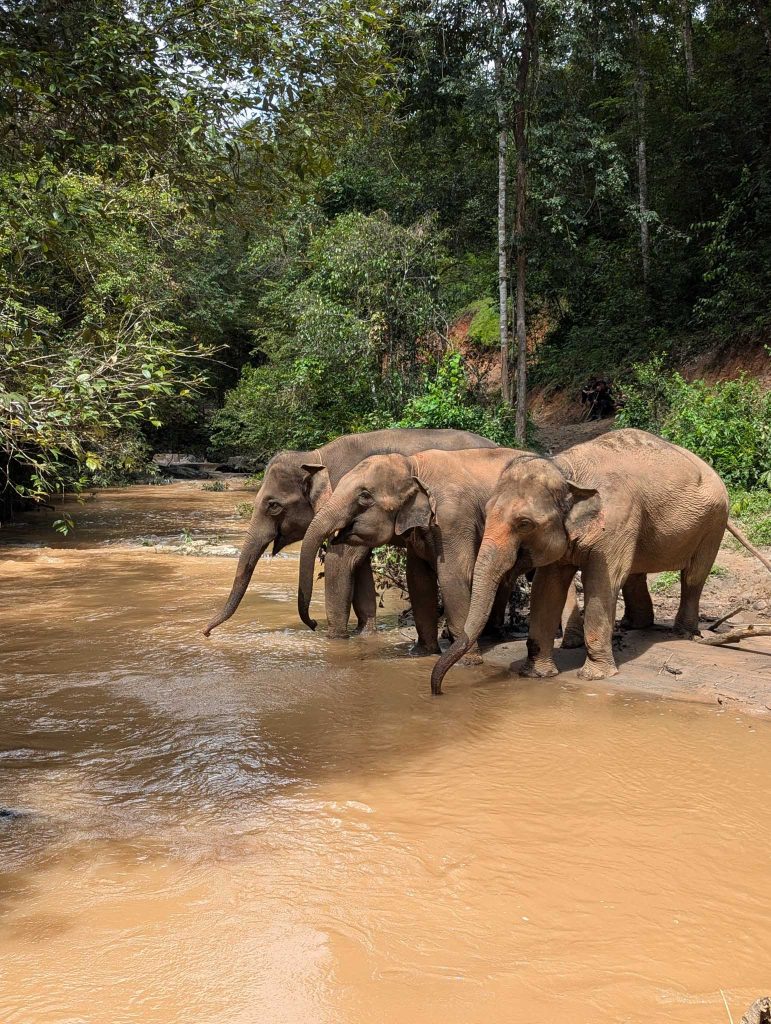

Did you know Chiang Mai has a lot of elephants? More specifically, it has many elephant retirement communities. Apparently, like humans, elephants have a working life and then need care in retirement. This becomes a financial burden—feeding and caring for retired elephants is no small task. Each elephant usually has a lifelong handler, and the bond between them is deep. The tourism industry helps support this relationship: foreigners (like me) pay to visit elephants and take photos, and that money goes toward their care. It’s one of those rare win-win situations in tourism.
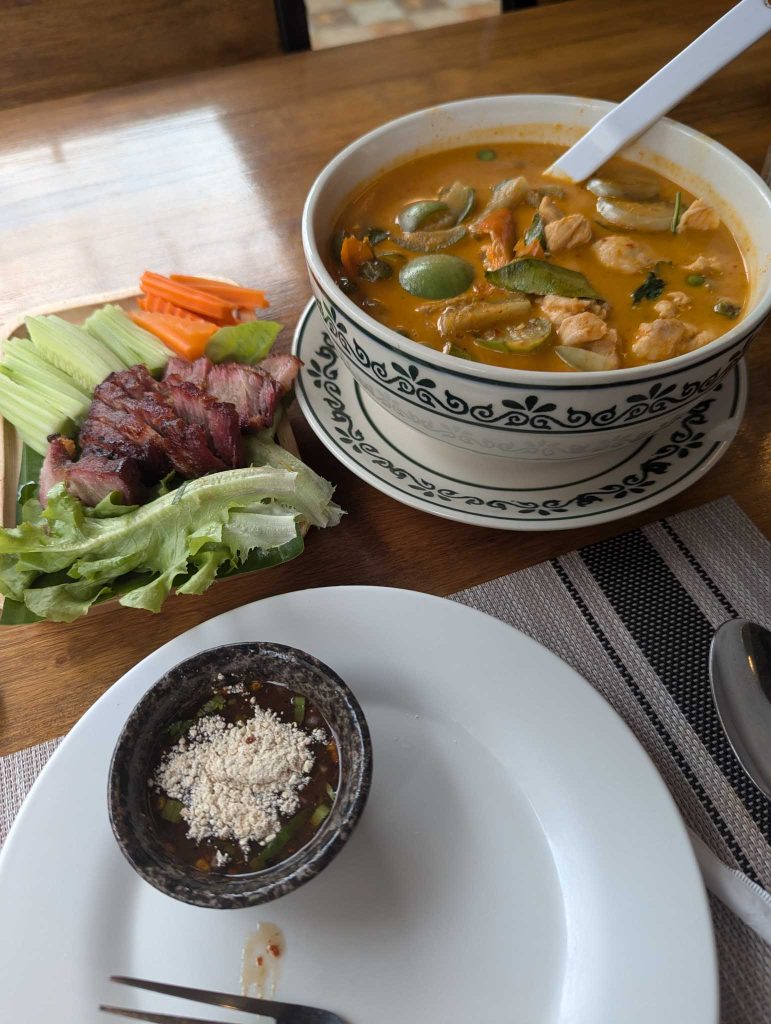
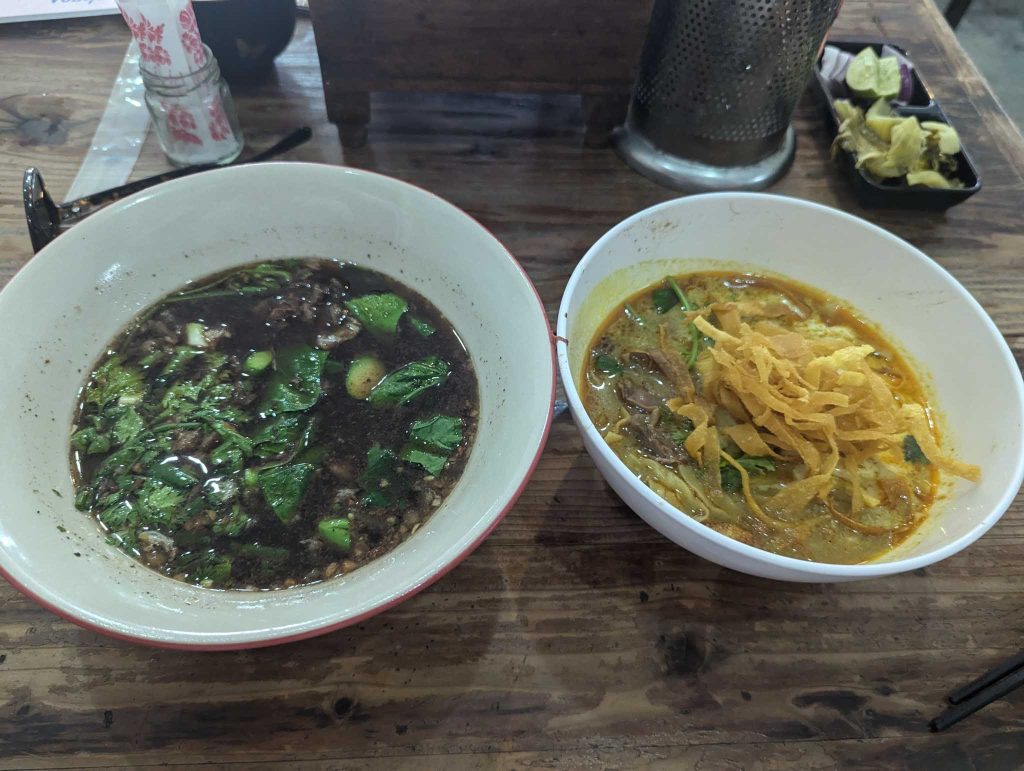
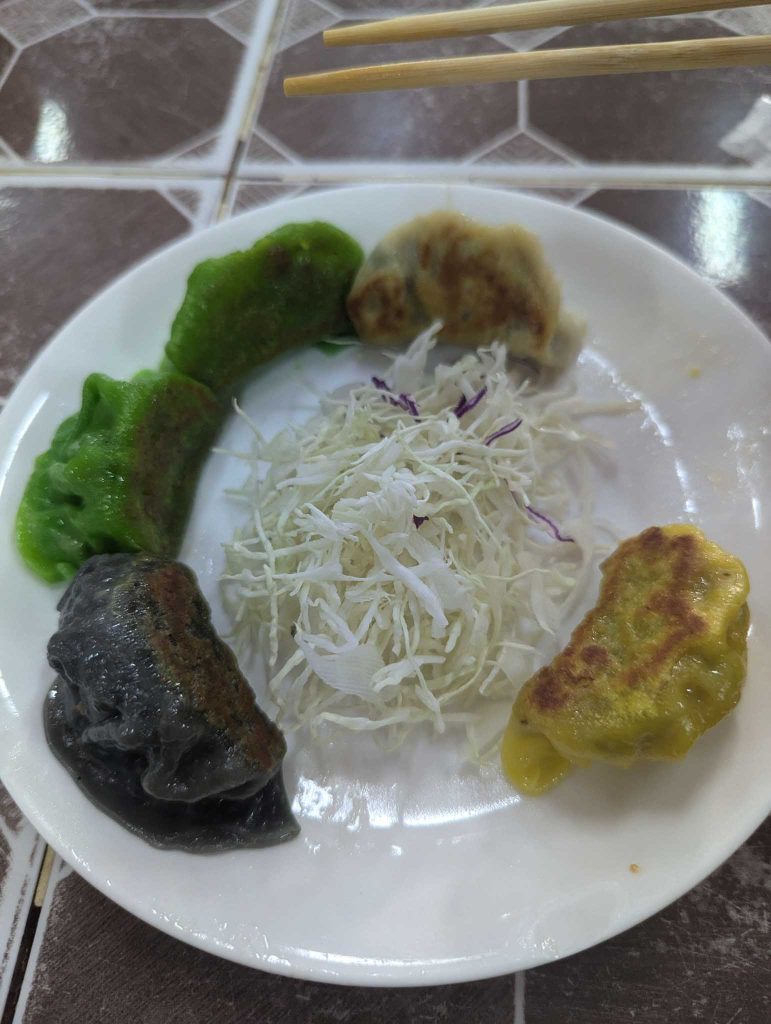
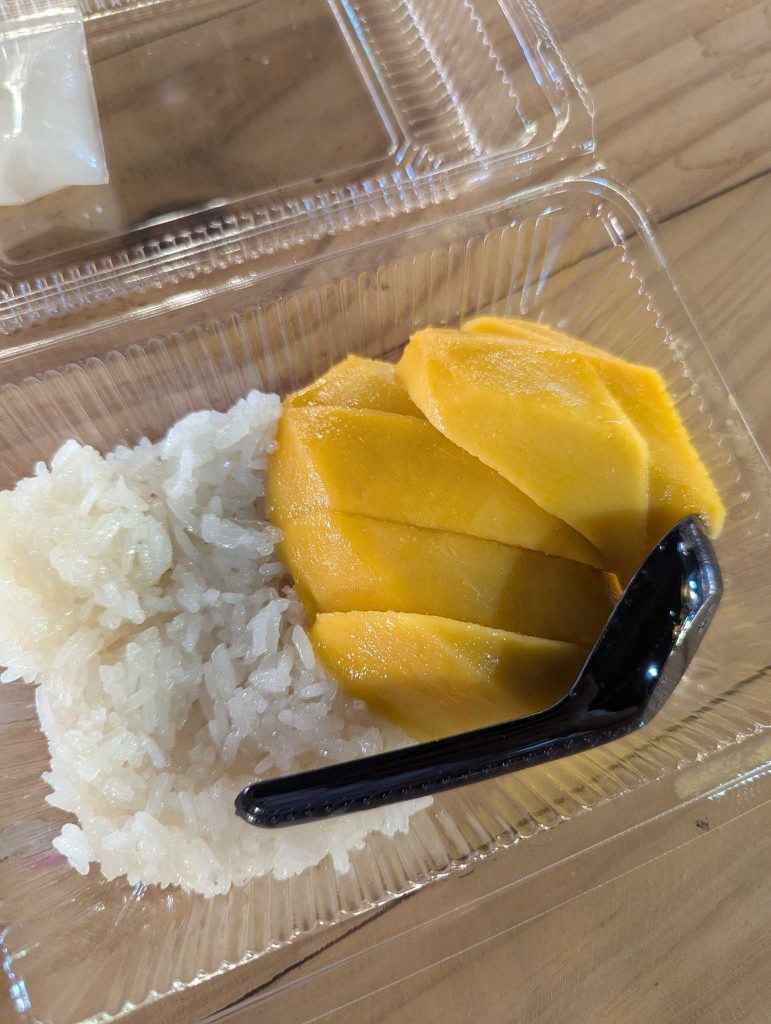
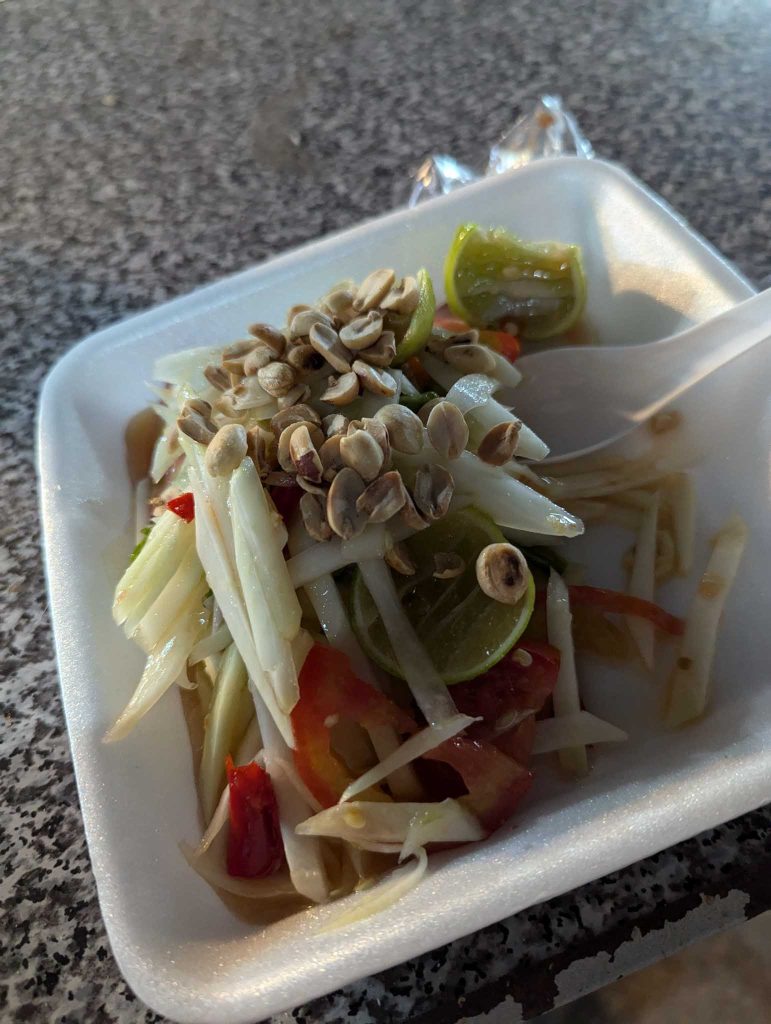
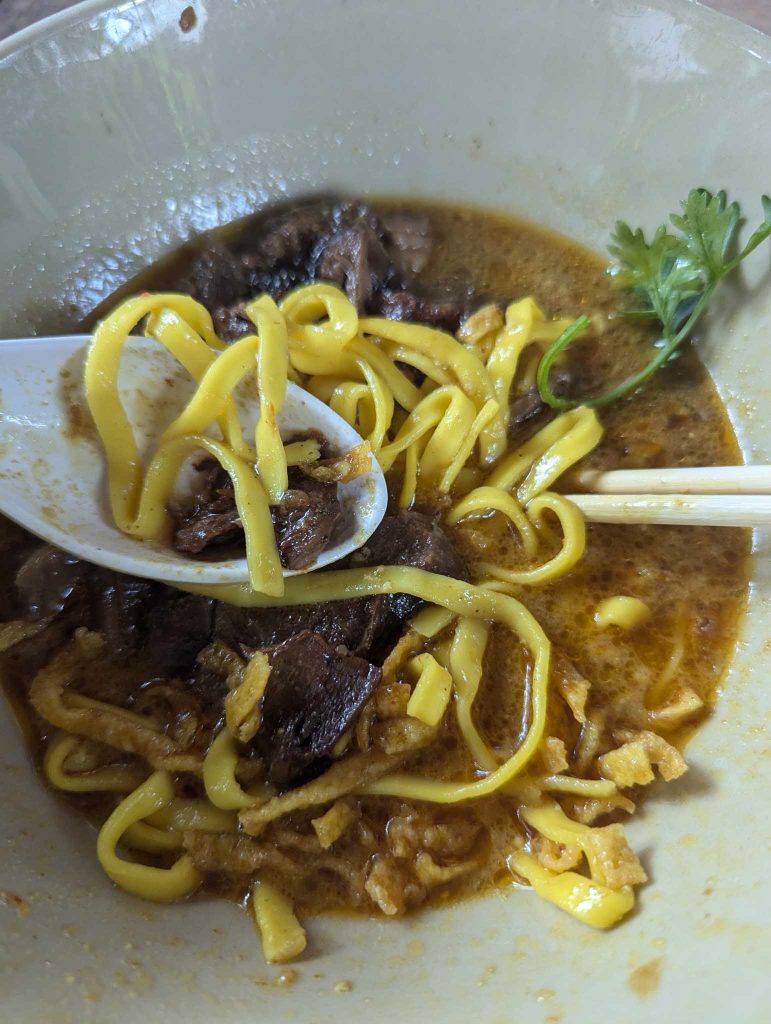
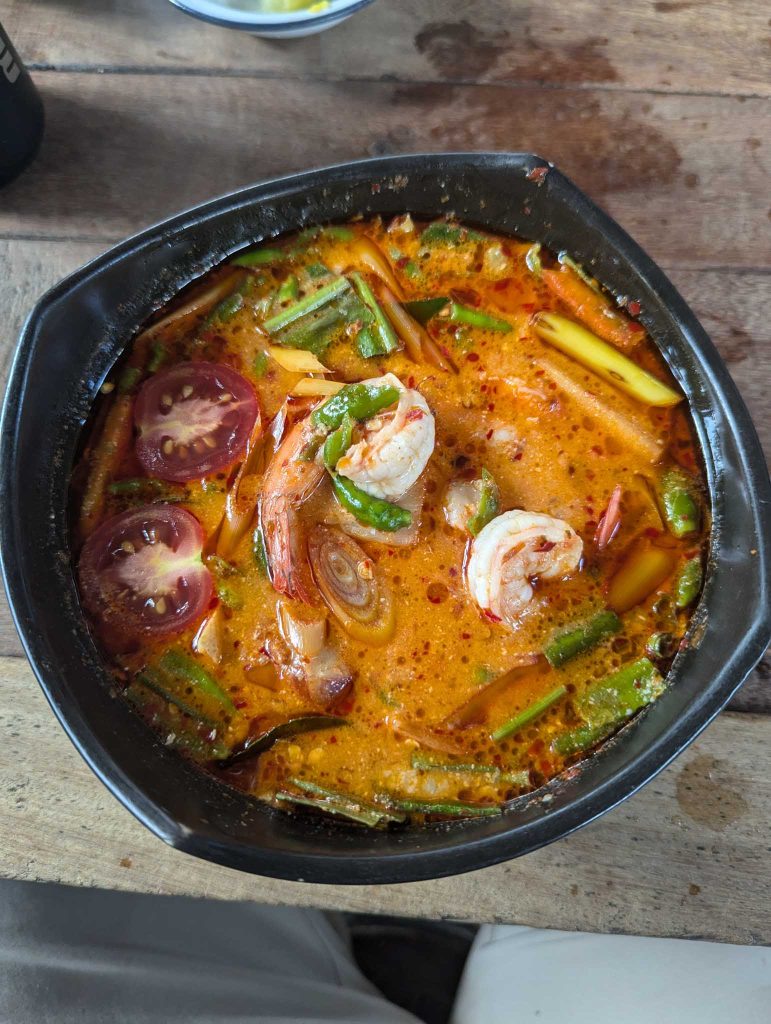
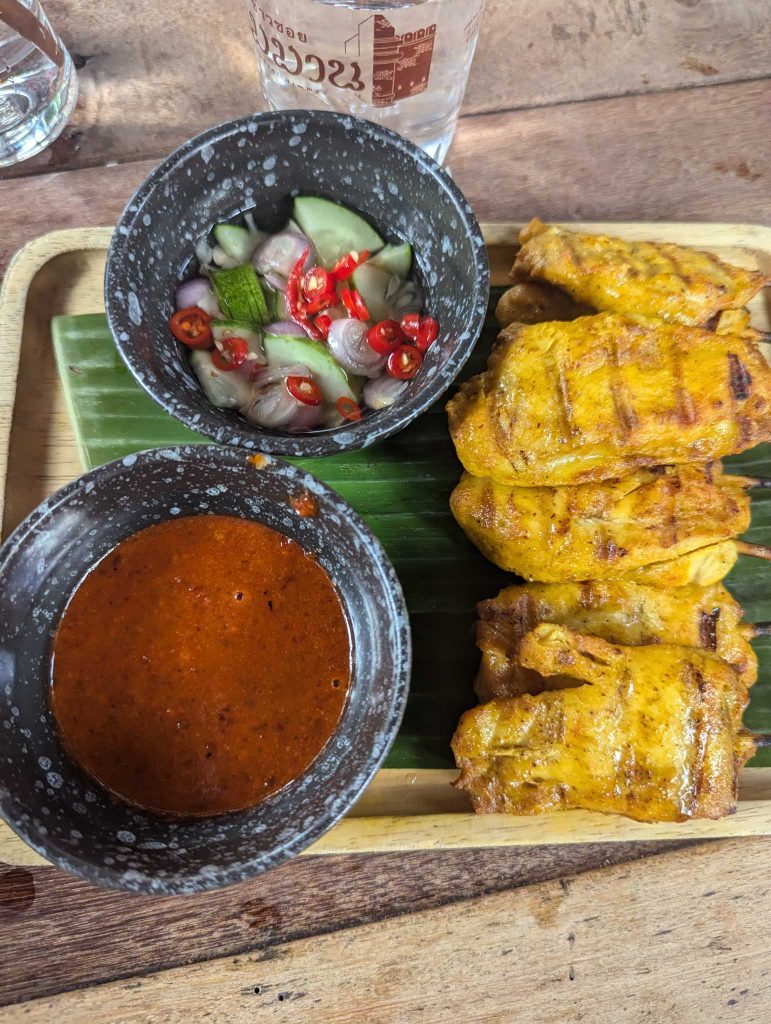
As for the food—I definitely got my fill. As I’ve said before on this blog, eating a country’s food while you’re there is one of travel’s greatest privileges. In Chiang Mai, one of the standout dishes is Khao Soi, a rich, savory noodle soup. I made a point of trying it at several different places, wanting to do the dish justice. It was delicious everywhere I had it. I think it would have hit even better in cooler weather, rather than in the 35°C heat and blazing sun—but that’s my own bias.
I really enjoyed visiting Chiang Mai. It sparked a curiosity about Thailand I hadn’t felt before. There are so many places in the country I haven’t seen yet, and I’d like to explore a few more before returning to Chiang Mai again.
